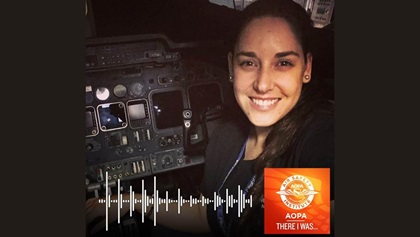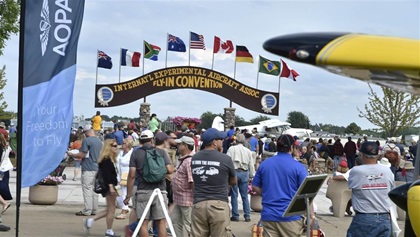ASI News: Keeping the odds in your favor
In survival scenarios, luck and hope have little to do with a positive outcome

But as you transition from student to pilot in command, it is your job to prepare for the chance that one day you and your passengers may be in a survival scenario, with only your preparation, training, and creativity to keep you all alive.
The choices you make before takeoff can make a big difference when it comes to survival and rescue. Before cranking the engine, ask yourself if you’ve done everything possible to mitigate risk. Here are a few tips to consider that will increase your chances in a post-crash survival scenario.
Worst-case preparation matters. We all fly in different conditions over different terrain for different reasons, and every flight presents its own credible forced landing scenarios and risk profiles. There’s a misconception that survival planning is only needed for flights over rough terrain, but rescue after a forced landing in an urban area can take time, too. Planning your route, having the right clothing, and briefing everyone onboard about where to find and how to use survival and rescue gear can substantially influence the outcome of any forced landing in your favor.
Communication is critical throughout every flight. The more others know about your intended flight path and proposed departure and arrival times, the shorter you will likely await help after an emergency landing. A good flight plan, keeping others in the loop on your whereabouts, and taking advantage of ATC services can improve your chances of a swift and successful search and rescue effort. This is true even of local or training flights.
If you choose not to use ATC services, at a minimum let a friend or CFI on the ground know your plans—you want someone to miss you if you don’t get in touch by a certain time. And taking that into consideration, make sure your ground contact is knowledgeable enough about aviation to know what next step to take if you become overdue.
Training can determine your fate. Every emergency is different, but good training generally (and predictably) yields better results. Basic survival knowledge and the right equipment can help you better control your fate, and hands-on training is the best way to go. Seek this training out before you need it.
Learn more about how you can prepare for the unlikely event of a survival situation after an off-airport landing with this safety advisor: airsafetyinstitute.org/safetyadvisors/survive.

 ‘There I Was…’: Gabrielle Palmas
‘There I Was…’: Gabrielle Palmas The Experimental Aircraft Association canceled its fifty-first annual convention in early May. AirVenture was originally scheduled for July 20 to 26. EAA staff members were under stay-at-home orders in Wisconsin through May 26, preventing them from working with volunteers to begin setting up the show’s infrastructure at Wittman Regional Airport in Oshkosh and printing essentials such as wristbands, programs, and other required collateral. That combined with strict health and safety guidelines have created “circumstances beyond our control,” EAA CEO and Chairman of the Board Jack Pelton said.
The Experimental Aircraft Association canceled its fifty-first annual convention in early May. AirVenture was originally scheduled for July 20 to 26. EAA staff members were under stay-at-home orders in Wisconsin through May 26, preventing them from working with volunteers to begin setting up the show’s infrastructure at Wittman Regional Airport in Oshkosh and printing essentials such as wristbands, programs, and other required collateral. That combined with strict health and safety guidelines have created “circumstances beyond our control,” EAA CEO and Chairman of the Board Jack Pelton said. 

